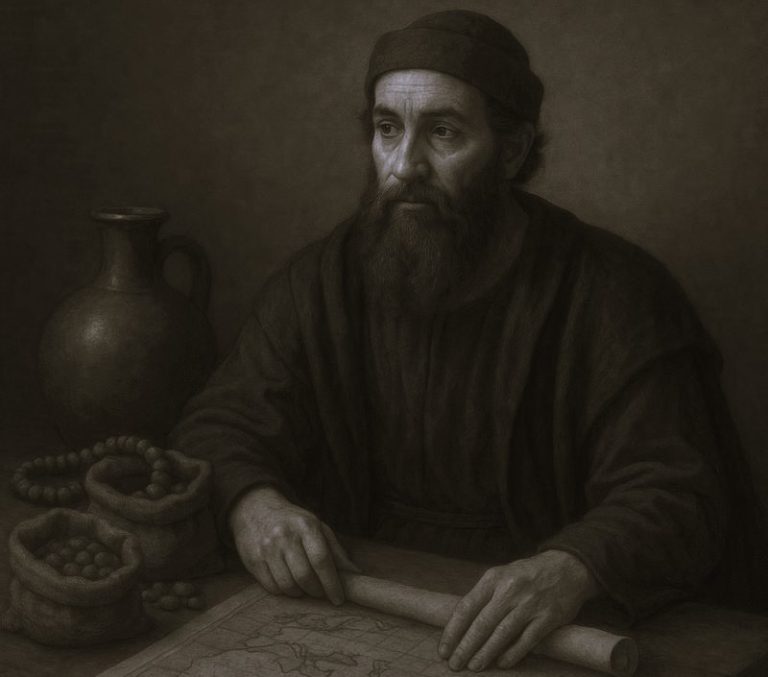

Non-religious public gatherings have been occurring for millennia, but it’s only in the recent centuries that dedicated secular buildings have become commonplace. Over the past 2000 years, secular architecture needs have also changed, evolving with civilization to eventually answer modern needs.
Here’s a historical overview of how secular architecture evolved in the Western world to bring us the contemporary masterpieces of today.
Contemporary vs. Historic Architecture: Key Differences
Our needs have evolved dramatically over the millennia, creating a shift in architectural focus. During the early days of secular architecture, the key focal points were security and functionality, while creating cultural separatism from religious factions.
Modern architecture is no longer designed to act as a fortress from invading troops, focusing instead on comfort and light. According to exterior signage professionals at a Los Angeles sign company, contemporary architectural trends are very diverse, ranging from simple, minimalistic concepts all the way to bold and luxurious schemes in building designs.
When considering the evolution of contemporary Western architecture, it’s integral to remember how truly young our culture is. While the continental United States has the remnants of residential dwellings dating back to AD 750, the oldest secular building is Santa Fe’s Palace of Governors, dating back to 1610. Conversely, the UK has preserved stone dwellings dating back to 3700 BC while some preserved Roman bathhouses date back to AD 80.
All of that is to say the focus of evolution of secular architecture in the Western world can’t be highlighted without first stepping back to ancient practices in the East.
The History of Secular Architecture
Secular architecture was the first foray into the idea of separation between church and state. These buildings were designed for governmental and cultural events and gatherings, with an artistic design focus.
While modernists tend to think Western secular architecture dates to medieval times — where such ideas began taking hold — many concepts predate history and come full circle.
Prehistoric and Ancient Times
Prehistoric megaliths and enduring stone structures are often considered the dawn of architecture. The advanced engineering that led to the great pyramids during primitive times, for example, is a marvel that set the foundation for modern architecture.
While our modern Western structures are vastly different from these early forays into architecture, the use of geometric shapes to create long standing structures birthed the principles of modern architectural engineering and design. Consider the ancient discovery of triangles being one of the strongest shapes, and consider our modern bridges and skyscrapers that still use those learnings today.
The Classical Era
If you take a step forward from Stonehenge and the great pyramids, the next phase of influence came from the classical era of Ancient Greece and Rome. Spanning from approximately 700 BC to AD 475, it was during this era that ornamentation was incorporated into architectural design.
The Greek and Roman architects of the past are primarily responsible for creating the first set of architectural “rules” to follow. Marcus Vitruvius Pollio — a Renaissance man well before the term existed — was an architect, philosopher, mathematician and military engineer who served under Julius Caesar. Vitruvius developed the principles that dictate modern secular architectural design: that is, every building should be stable, beautiful, and useful.
Byzantine to Romanesque
The Byzantine Era of AD 527 to 565 is largely considered the birthplace of secular architecture. Taking learnings from the classical era, Indo-Islamic architecture blended Eastern and Western principles to create more secular buildings and gathering places. Medieval hotels, markets, hospitals, and leisure buildings became more prevalent. During this period, arches and round structures were introduced into architectural design, creating more vertical growth as well.
In the Romanesque era from AD 800 to 1200, these trends continued, adding taller spires to both secular and non-secular buildings.
The Gothic Era
Those soaring spires developed during the Romanesque era created the framework for the Gothic era. While architecture from this time period (the 12th to 16th century) is often associated with towering cathedrals and religious structures, the designs carried over to secular buildings as well. Secular buildings like The Vladislav Hall in Prague and Oxford University are considered some of the most famous Gothic secular buildings of all time.
Renaissance to Rocco
During the Renaissance era, spanning from 1400 to the late 1700s, many things were happening at once. Architects revisited the classical period, using Vitruvius’s Ten Books on Architecture as a guide. At this time, settlers also started the long journey West to the new world.
The Renaissance evolved into Baroque and Rocco, both of which directly impacted architecture in Puerto Rico before the U.S. annexed it in the 1800s.
Neo-Classicism to Neo-Gothic
During the better part of the 1700s, a shift away from the ostentatious decor of Baroque and Rocco architecture began in the West. Architects were revisiting Classic and Gothic influences, creating the eras known as neo-Classicism and neo-Gothic.
Perhaps the most iconic Western secular building of the era is the U.S. Capitol in Washington D.C. When construction started in 1793, Thomas Jefferson indicated a desire to create a modern Roman temple. The same style would influence the U.S. Supreme Court building and many smaller secular structures in the area.
The neo-gothic era took those stunning spires from the cathedrals and churches and applied them to skyscrapers and public buildings in Western epicenters like New York City. This gothic revival recreated castles in a modern, functional way. The Woolworth Building, one of NYC’s first skyscrapers, is a prime example.
Modernism to Neo-Modernism
Modernist styles began at the dawn of the 1900s, spanning into various sub-styles over the next century. At the forefront of this movement was functionality. Many modernist buildings are as stark as Baroque and Gothic buildings are ornamental. Architects who despised the sterility of this design scheme invoked their inner Vitruvius and found their home in postmodernism.
This rebellious shift away from uniformity has resulted in secular buildings like the Pittsburgh Plate Glass (PPG) building and the Hyatt Regency Atlanta.
Then, we get to the present day and neo-modernism, in which we come full circle. This movement toward free-form architecture allows creative freedom when developing secular buildings. Neo-modernism embraces the functionality of modernism while similarly rejecting ornamental decor. However, this sub-style also rejects conformity and uniformity, thinking outside the boxy designs of the first part of the 1900s.
From there, you get buildings like The Experience Music Project (EMP) in Seattle and the Muttart Conservatory in Edmonton, Canada — a structure that pays homage to the ancient pyramids.
Final Thoughts on Secular Architecture
Whereas churches, cathedrals, and places of worship were once the epitome of architecture, modern secular buildings are now the focal point of architectural engineering and design. While trends and preferences have evolved over thousands of years, it’s not uncommon to see a resurgence in style influences as time goes by. Only time will tell what new trends will appear in secular architecture.






